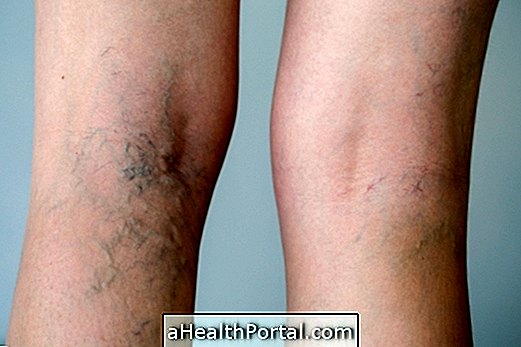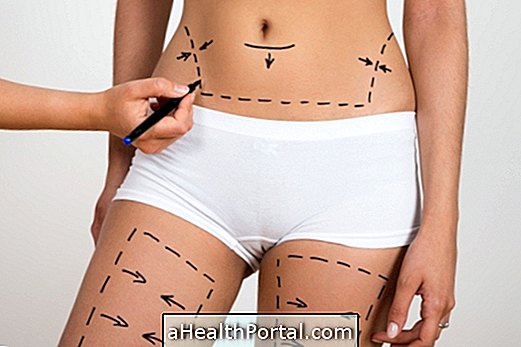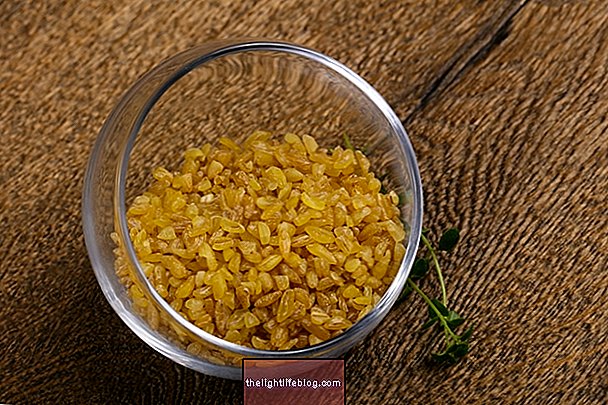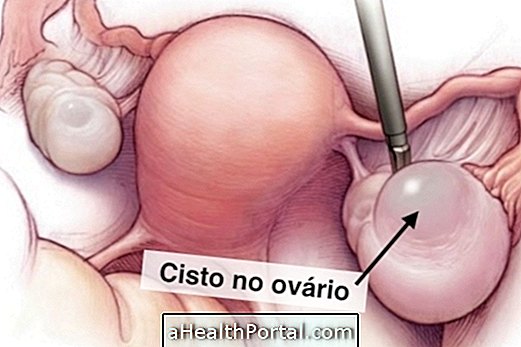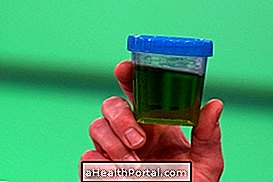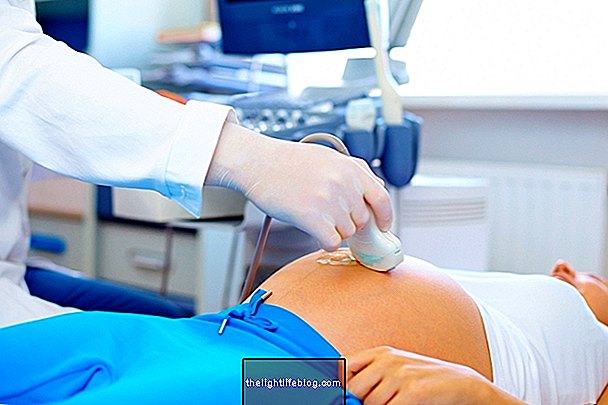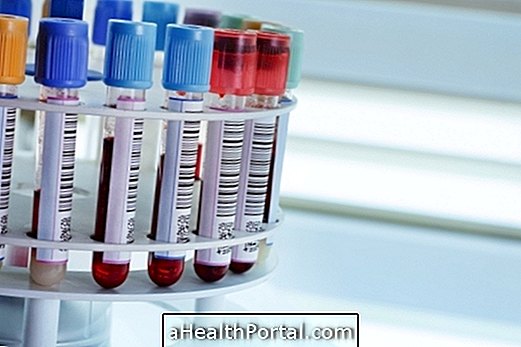Plastic surgery to correct a scar is intended to repair changes in the healing of a wound anywhere in the body, by a cut, burn or by a previous surgery, such as a cesarean section or appendectomy, for example.
The purpose of this surgery is to correct skin defects such as irregularities in texture, size or color, providing a more uniform skin, and is only performed on more serious scars or when other types of cosmetic treatments do not work, such as use of silicone plaques, radiotherapy or pulsed light, for example. Learn about scar treatment options before surgery.
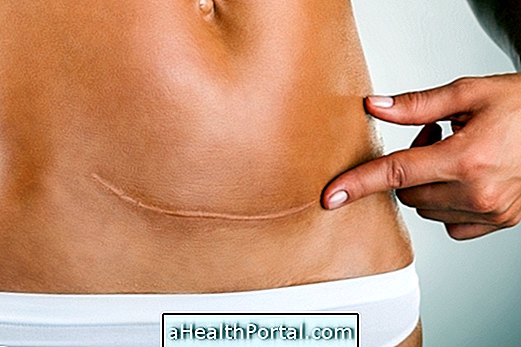
The price of surgery for scar correction varies between about R $ 2 thousand and R $ 5 thousand, and in Europe costs between 500 and 2000 Euros. However, the value varies greatly according to the technique used and the medical team that performs the procedure, and should contact the responsible team to know better information.
How is the surgery done
The procedure performed to remove the scar depends on the type, size, location and severity of the scar, and is chosen by the plastic surgeon according to the needs and tendency of healing of each person, being able to use techniques that use cuts, removal or reorientation of parts of the affected skin.
Types of Surgery
- Z-Plasty: is the most popular for review of scars;
- Z-Plastia half: when the adjacent skin of one side of the scar is elastic and the other is not;
- Z-plasty in four flaps (Limberg flap): is particularly interesting for the release of severe scarring contractures that bind or restrain normal flexion or in or on burns;
- Planimetric Z-Plasty: is indicated for flat areas, and the z-plasty triangle is placed as a graft;
- S-plasty: for the treatment of ovarian contracted scars;
- W-Plasty: to improve irregular linear scars;
- Broken geometric lines: to convert a long linear scar into an irregular scar at random to become less visible;
- VY and VY-type advancement: in cases of small contracted scars
- Filling and filling: For retracted and sunken scars that require filling with hyaluronic acid or fat;
- Dermabrasion: This is the oldest technique and can be done manually or with a machine.
To perform the surgical procedure, the doctor may order some preoperative blood tests. As with any surgery, the 8-hour fast is guided, and the type of anesthesia performed depends on the procedure that will be done, and may be local, with mild or general sedation.
In some cases, a single procedure is sufficient to ensure satisfactory results, however, in more complicated cases, it may be recommended to repeat or perform new treatments.
How is recovery
After surgery, you may notice the swelling and redness of the site, so the result of the procedure begins to be seen only after a few weeks, and full healing can take months and up to 1 year to complete. In the recovery period, it is recommended:
- Avoid intense physical activities;
- Do not expose yourself excessively to the sun for 30 days;
- Never forget to use the sunscreen, even after complete healing;
In addition, to assist in optimal wound healing after this surgery, and to keep the scar from getting ugly again, your doctor may recommend doing other topical treatments such as applying silicone plaques, passing scarring ointments or making compressive dressings, for example. Find out which are the top recommended care after any plastic surgery to facilitate recovery.
Who can do the surgery?

The scar correction surgery is indicated by the plastic surgeon in situations of defects in the formation of the scar, which can be:
- Keloid, which is a hardened scar, growing above normal due to a large production of collagen, and may present itching and redness;
- Hypertrophic scar, which is also a thickened scar, due to the disorganization of the collagen fibers, which may be darker or lighter than the surrounding skin;
- Retracted scar or contracture, causes an approximation of the surrounding skin, very common in cesareans, tummy tucks or due to a burn, hindering the movement of the skin and nearby joints;
- Scar enlarged, is a shallow and loose scar, with a surface lower than that of the skin;
- Discordic scar, which causes a change in the color of the skin, being lighter or darker than the surrounding skin;
- Atrophic scar, in which the scar lies deeper than the surrounding skin relief, very common in acne scars and wounds.
The intent of surgery is to improve the appearance and uniformity of the skin, not always ensuring the complete erasure of the scar, and the results may vary according to the skin of each person.
Other Scar Treatment Options
Other possible treatments, which are recommended as the first choice before doing the surgery, are:
1. Aesthetic treatment
There are several techniques such as chemical peeling, microdermabrasion, laser use, radiofrequency, ultrasound or carboxitherapy, which are very useful for improving the appearance of lighter scars, such as pimples, or to standardize the color of the skin.
These treatments can be done by the plastic surgeon or dermatologist in milder situations, however, in cases of larger scars and difficult to treat, they may not be effective, and should be chosen for other treatments or surgery. See, in more detail, some of these aesthetic treatment options to improve the appearance of the scar.
The most known are:
- Chemical peeling
- Microdermabrasion
- CO2 Laser
- Radio frequency
- Ultrasound
- Carboxitherapy
2. Treatment with ribbons and ointments
It is done with the placement of silicone plates, ribbons or compressive dressings, indicated by the dermatologist or plastic surgeon, that can be used for weeks to months. Massages with special products may also be targeted, which help decrease thickening, fibrosis, or scarring.
3. Injectable treatment
To improve the appearance of depressed or atrophic scars, substances such as hyaluronic acid or polymethylmethacrylate may be injected under the scar to fill the skin and make it smoother. The effect of this treatment may be more temporary or longer lasting, depending on the type of material used and the conditions of the scar.
In hypertrophic scars, corticosteroids can be injected to decrease the formation of collagen, reducing the size and thickness of the scar.

